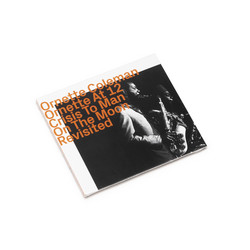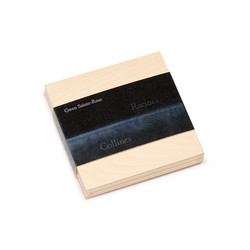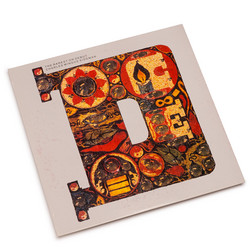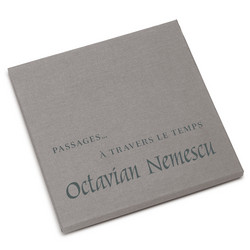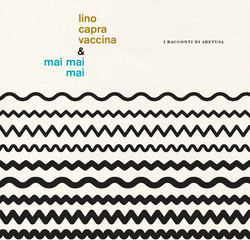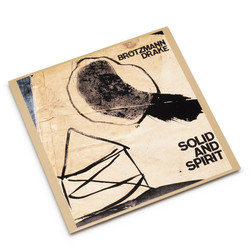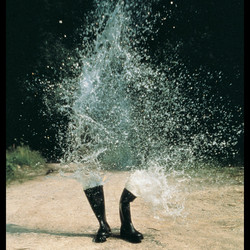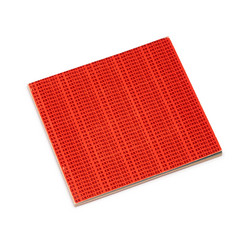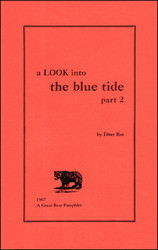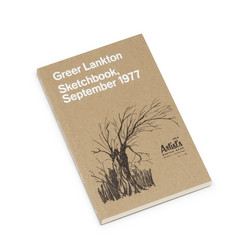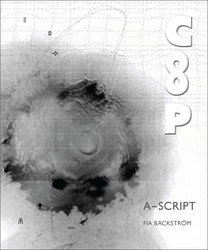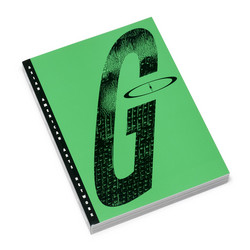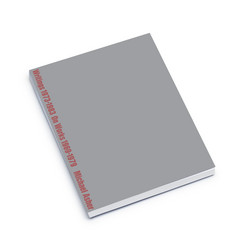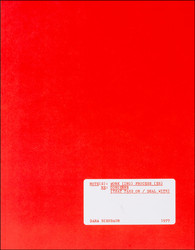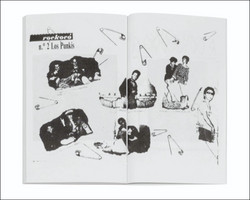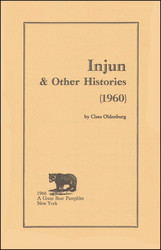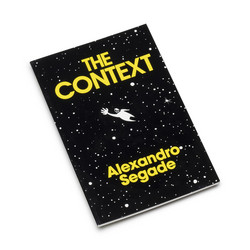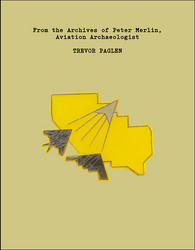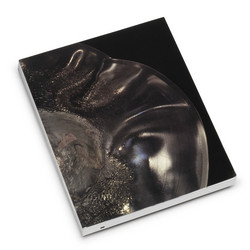George Maciunas
Diagram of Historical Development of Fluxus and Other 4 Dimentio
George Maciunas’ Diagram of Historical Development of Fluxus and Other 4 Dimentional, Aural, Optic, Olfactory, Epithelial and Tactile Art Forms, was released in 1979 in the Swedish magazine Kalejdoskop (Issue 3). This issue of the magazine consisted of three versions of Fluxus, one being Maciunas’ historical diagram and the others being two essays (one in English and one in Swedish) summarizing the movement by Mats B. on the poster’s sleeve. Primary Information’s edition recreates all three as they originally appeared in 1979.
Maciunas’ Diagram of Historical Development outlines the development of Fluxus while situating it within a wider cultural and art historical spectrum, sometimes to humorous effect. The timeline begins with Roman circuses, medieval fairs, and Futurist theater and moves into Dada, Surrealism, and Vaudeville before addressing developing genres like Earth Art and Happenings and finally ending with FLUXGAMES in 1973. Maciunas’ vast outline dedicates a great deal of space to Fluxus activities, detailing both well-known and obscure performances, publications, and artists from 1961 through 1973. This diagram is one of several versions that Maciunas made that traces the influences that he viewed as fundamental to Fluxus’ development and operation. As the movement’s founder, figurehead, and graphic designer, Maciunas was responsible for Fluxus’ strong graphic identity, which is evident here, and one can also see Diagram of Historical Development through the lens of Maciunas’ Learning Machines, which consisted of diagrams, maps, and lists that prized non-linearity and correlative overlap between various historical fields of knowledge.
George Maciunas (1931-1978) was a Lithuanian artist, designer, and publisher. He coined the term “Fluxus” in 1961 to describe a network of artists, composers, and performers working in and in-between the fields of music, theater, and art. Maciunas is widely regarded as the founder and leader of Fluxus, and he was an unrelenting organizer and spokesman for the movement. Maciunas also ran Flux Editions, a publishing house that produced artists’ books, a newspaper, and editions by the likes of Yoko Ono, George Brecht, Alison Knowles, La Monte Young, and many others. Maciunas’ work as publisher was fundamental to the development of artists’ books in the 1960s and beyond. Most notable are the publications’ materials (Flux Editions rarely looked like traditional books and consisted of everything from playing cards to violins and concrete) and their conceptual framework (many of which relied on the reader to complete or perform the works). His ideas for Fluxus were not limited to publications and performances; Maciunas’ larger vision included Fluxshops where the public could buy affordable works directly from artists; Fluxhouse Cooperatives, which were affordable live/works spaces; and a Fluxus Colony on Ginger Island in the Caribbean.
